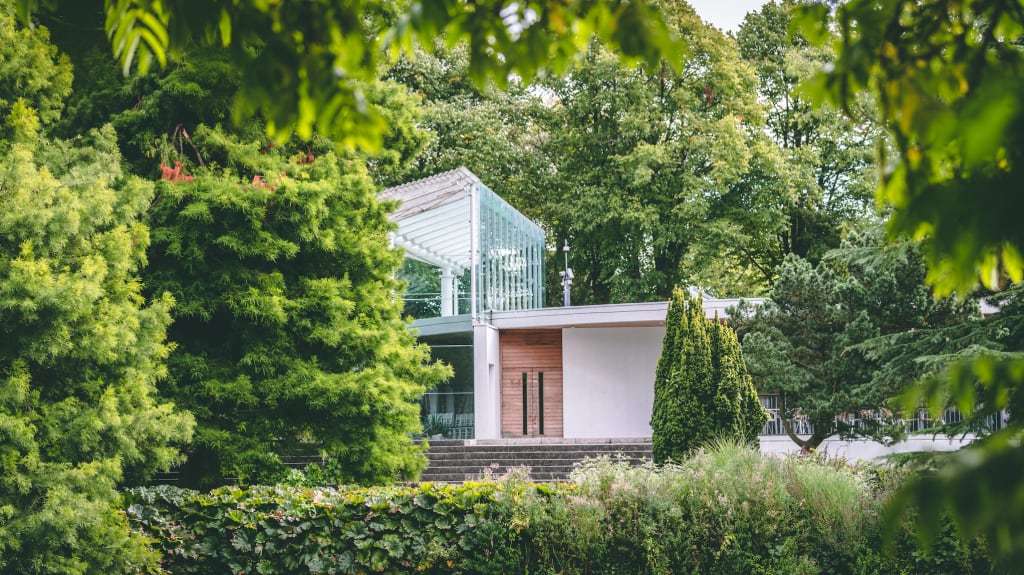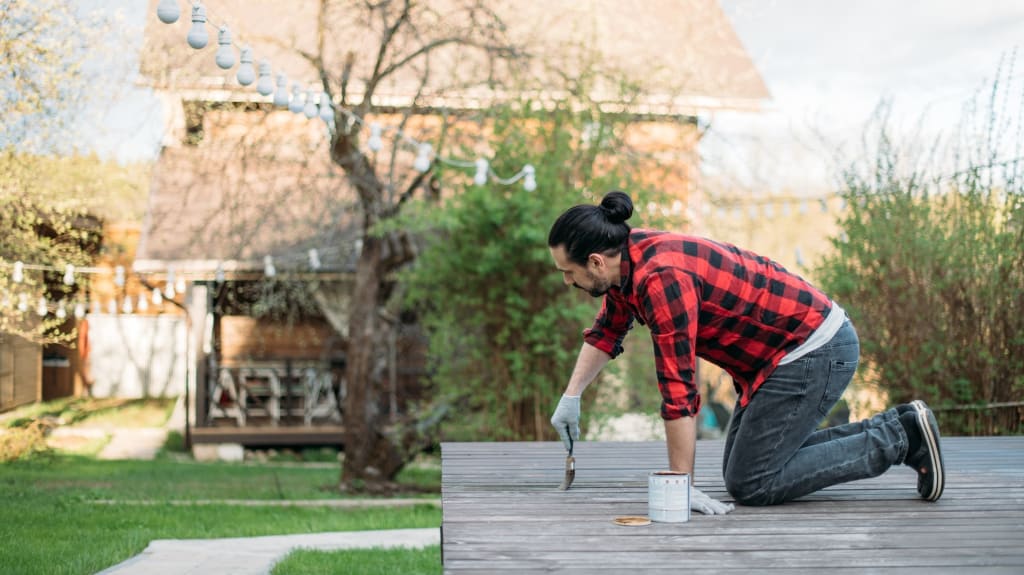Did you know that the construction industry generates 40% of the planet's greenhouse gas emissions and 50% of its solid waste? That it consumes 12% of the world's drinking water and 36% of its energy?* Thankfully, green building materials, which use fewer resources and are more durable, are being used in multiple capacities to reduce the construction industry's environmental footprint.
Cork

Because it's resistant to humidity and water, cork is an excellent insulator. Just look at how it's used in wine bottles. It's also used as flooring and to build ceiling or wall panels. Since 50% of its cell volume is air, it's one of the lightest solid materials.
Environmental responsibility Considering that it's harvested by hand and it doesn't destroy the tree it's harvested from, cork is one of the cleanest renewable resources.
Biobased polyurethane

Rigid polyurethane foam is one of the most frequently used materials in the construction industry due to its insulating properties. But there are other environmentally friendly alternatives: biobased foams, which offer better insulation and thermal resistance than fibreglass.
Environmental responsibility Made from algae, hemp and bamboo, biobased foams are gaining ground over chemical-based products, which generate pollution throughout the process—from manufacturing to installation.
Sheep's wool

Clothing manufacturers have known about the insulating qualities of wool for centuries. It's a completely natural insulator that's environmentally friendly and easy to install inside walls, ceilings and attics.
Environmental responsibility Wool is renewable, natural and hand-harvested.
Fly ash concrete

Fly ash concrete, also known as Ashcrete, is an environmentally friendly alternative to classic concrete. It's made from fly ash, a coal combustion product, instead of traditional cement. These fine particles resist cracking and bleeding, which makes fly ash more solid and durable than its counterpart.
Environmental responsibility Fly ash concrete is made from 97% recycled materials.
Hemp-clay bricks

Also known as hemp bricks, these blocks are made from a mix of sand, hemp fibres and lime. They are extremely lightweight and generally used for frame construction and insulation.
Environmental responsibility Hemp is a renewable resource that grows quickly, which makes it an environmentally friendly choice. Clay bricks, made from water and clay, don't release any toxic chemicals when disposed of and they're completely recyclable.
Bamboo

Bamboo is one of the most popular materials for many reasons. Like wood, it's a natural composite with a high strength-to-weight ratio, ideal for building structures. Plus, its compressive strength is greater than brick or concrete, and its tensile strength is on par with steel.
Environmental responsibility It grows quickly over a period of 3 to 5 years and is biodegradable.
Enviroboards

Enviroboards are fire-resistant boards made from magnesium oxide, sawdust and fibreglass mesh. They're used for wall and roof lining and exterior structures.
Environmental responsibility Due to the natural drying and curing process, Enviroboard manufacturing releases minimal carbon emissions and only requires 1% of the energy required for traditional drywall panels.
Soy-based caulking

This product was developed to replace oil-based caulking used for windows, cracks and general maintenance. Other sustainable soy-based products are already used as protective lining, and some research suggests that they may also be effective at sealing concrete joints. The future is bright!
Environmental responsibility This sealant is water based.
Recycled steel

Because it can be recycled, steel is an example of how a non-renewable resource can be used sustainably. 93% of the steel used in construction is recycled.
Environmental responsibility Recycled steel has many benefits for companies and the environment, particularly in terms of reduced waste and 75% savings in energy costs.
Mycelium

Yes, even fungus can be used as a building material! Mycelium is the root-like structure of mushrooms that grow underground. Once it's been dried, it's generally used as insulation and a floor covering. It's moisture and fire resistant.
Environmental responsibility Mycelium-based insulation is made from fungal threads combined with rapeseed straw or sawdust. These raw materials are both produced from reclaimed materials, which make them an environmentally friendly alternative to concrete.
Could friends or family also benefit from EspaceProprio’s expertise? Invite them to look at what we have to offer.
* United Nations Environment Programme (November 13, 2018). Buildings and climate change: Summary for decision-makers.




